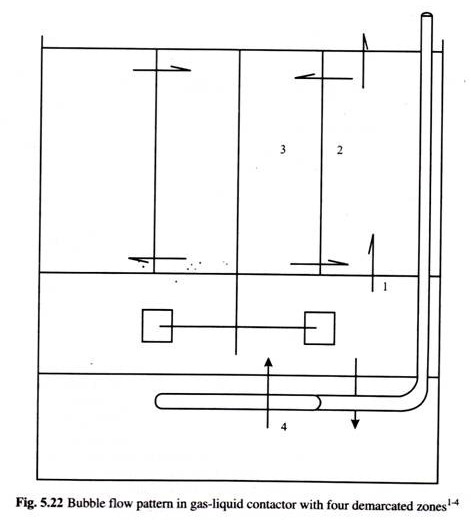ADVERTISEMENTS:
The following article will guide you about how to measure calorific value of food.
The body requires energy for its internal and external work. This is provided by the oxidation of food e.g. carbohydrates, fats, and proteins. The foodstuffs contain varying amounts of carbohydrates, fats, and proteins and therefore, the energy obtained from different foods vary. This can be determined by two methods – direct and indirect.
Direct Method:
The caloric value of a foodstuff can be determined by measuring the heat produced when a given amount is completely burnt in oxygen. It is done in a ‘bomb calorimeter’ where the oxygen is put in under considerable pressure. Since it requires a calorimeter of robust construction, it has been called a bomb calorimeter.
ADVERTISEMENTS:
The one commonly used for the purpose is the ‘Atwater’ bomb calorimeter. It consists of a heavy steel bomb, with platinum or gold plated copper lining. It has a cover which is held tightly by a strong screw-collar. A weighed amount of the sample is placed and the bomb is charged with an oxygen valve. The valve is then closed and the bomb is immersed in a weighed amount of water.
The burning of the sample is set off by an electric spark and the heat liberated is measured by the rise in temperature of the surrounding water by means of a differential thermometer which can read up to one-thousandth of a degree. Deduction of the heat arising out of accessory combustions is made in order to obtain the heat liberated in calories from the combustion of the actual sample.
Indirect Method:
The caloric value can also be determined indirectly by burning the food in oxygen in an oxy-calorimeter. The volume of oxygen required to burn the food sample is measured and the caloric value is calculated. The energy production is accurately related to oxygen utilization.
The calculation is based on the principle that when 1 litre of oxygen is utilized in the oxidation of organic nutrients, approximately 4.8 Kcal of heat is liberated. The measurement of oxygen consumption which is a relatively simple technique is now universally employed to estimate the metabolic rate. This is ‘indirect calorimetry’.
ADVERTISEMENTS:
The energy obtained as a result of complete combustion is the potential energy but the energy liberated in the body is not the same, and this is called the physiological energy. Since carbohydrates and
fats contain carbon, hydrogen and oxygen, they can be completely burnt to CO2 and water and hence the potential energy is the same as the physiological energy. However, in the case of the proteins, the nitrogen is eliminated as urea etc. so the physiological energy is less than the potential energy.

